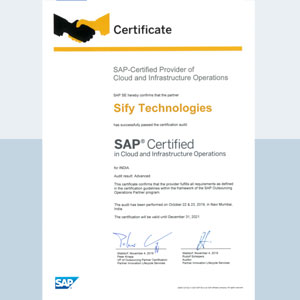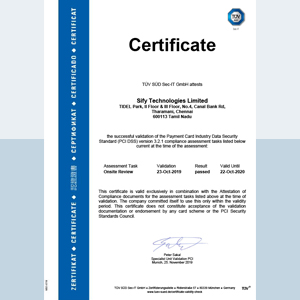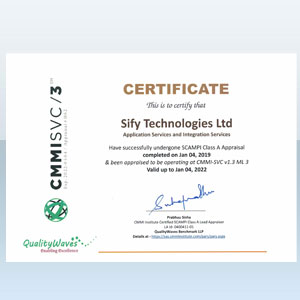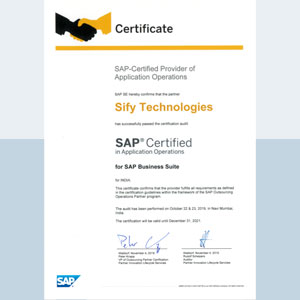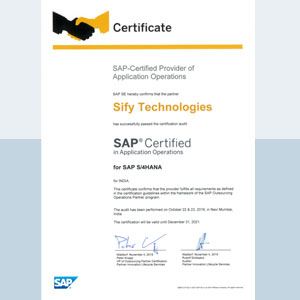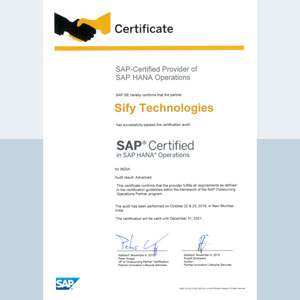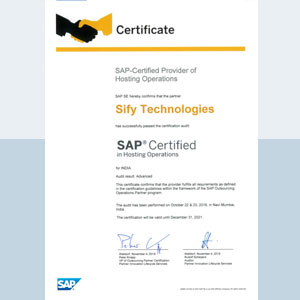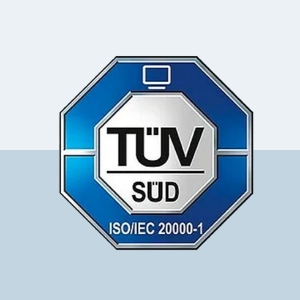What is Hybrid Cloud? How It Works, Benefits & Use Cases
Today’s dynamic business operations demand that IT infrastructure be as flexible as possible to meet myriad needs. This is where hybrid cloud computing takes centerstage
Scaling and Modernising IT for Nonprofits: Key Strategies for Success
Charitable organisations must keep up with technological advancements to remain effective and efficient. Modernising and scaling legacy IT infrastructure and web applications can seem daunting, but it’s essential for improving operations, enhancing security, and better serving your community.
What is Application Modernization?
In today’s fast-paced market enterprises must evolve to stay competitive. Many enterprises today struggle with outdated legacy systems and architectures that impact their ability to harness the latest technological advancements.
Strategies and Tools to Improve Communication for Nonprofits
Effective communication is the backbone of any successful nonprofit organisation. Whether it’s engaging with staff, connecting with constituents, or building relationships with donors, clear and efficient communication can significantly enhance your organisation’s impact.
Cyber Security for Nonprofits: Lessons from Past Cyber Attacks
Non-profit and charitable organisations are facing an increase in cyber security challenges. Often with limited resources and a wealth of sensitive data, nonprofits have become prime targets for cybercriminals.
Solving the Biggest IT Challenges in the Manufacturing Sector
The integration of new technologies like artificial intelligence (AI), automation and the Internet of Things (IoT) has become paramount to sustaining competitiveness and driving growth in the manufacturing sector.
The Future of Workspace Setup with ‘Branch-in-a-Box’ Solution: Importance, Benefits, and Use Cases
Growth of business today is highly dependent on agility. As business grow, the physical in-branch or in-store location or new workspaces need to come up quickly and efficiently.
Netskope and Sify Partner to Deliver Managed Sase Services With Netskope One Platform
In the rapidly evolving digital landscape, Software-Defined Wide Area Networking (SD-WAN) has emerged as a pivotal technology for enterprises looking to enhance their network infrastructure’s flexibility, agility, reliability, and security. As you consider making a critical decision for your enterprise, understanding what sets the best SD-WAN solutions and managed SD-WAN providers apart from the rest is crucial. This blog aims to guide you through the decision, helping you align your organizational needs with the capabilities offered by leading SD-WAN providers in India.
What Is Desktop as a Service (DaaS)? How DaaS Works, Types, and Benefits
Desktop as a Service (DaaS) is becoming increasingly popular among businesses looking to enhance their IT infrastructure.
Boost SAP S/4HANA journey with Sify & LeapGreat’s Innovative Solution
Meet with us at Sapphire 2024 and learn how to accelerate Your SAP S/4HANA Journey with the power of automation with Sify & LeapGreat’s Innovative Solution























